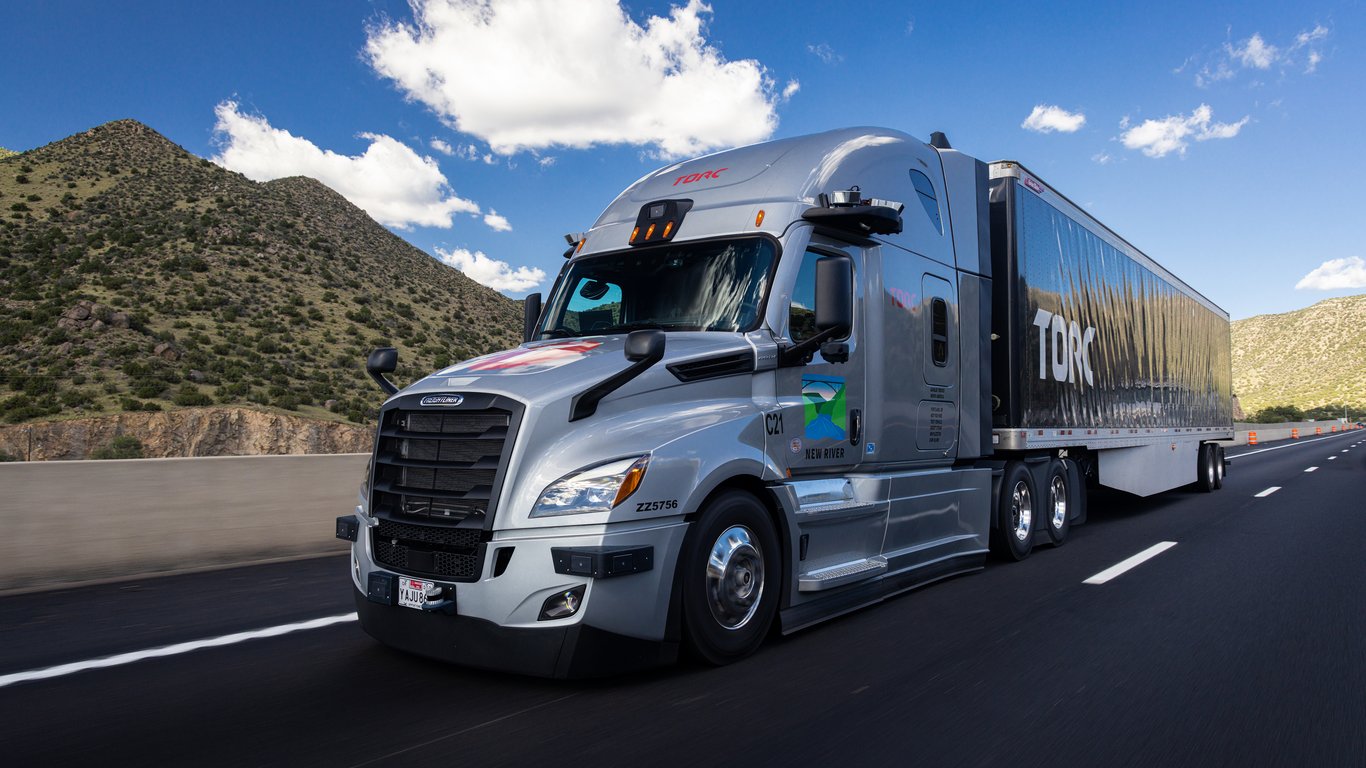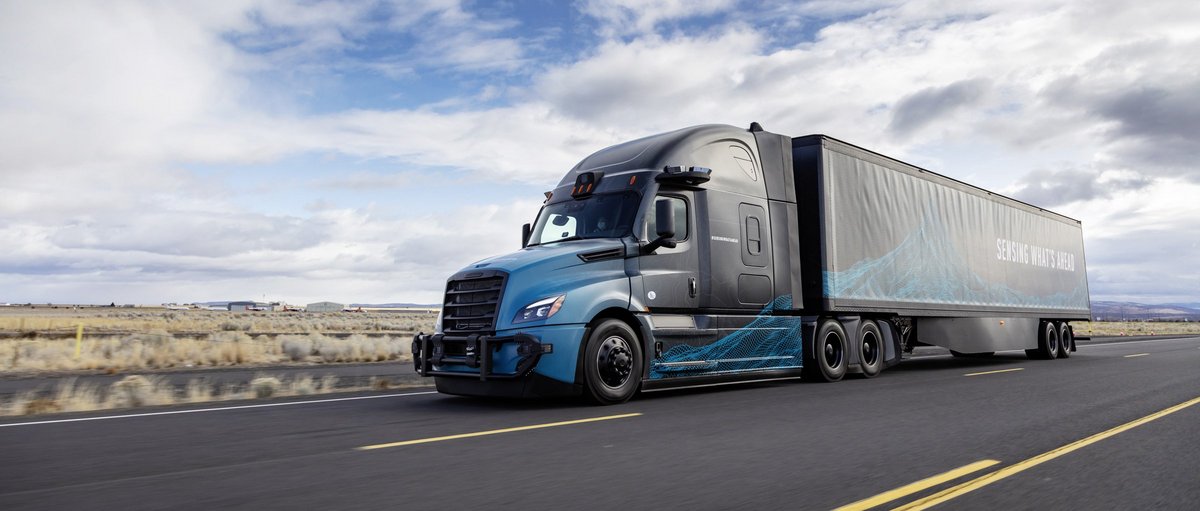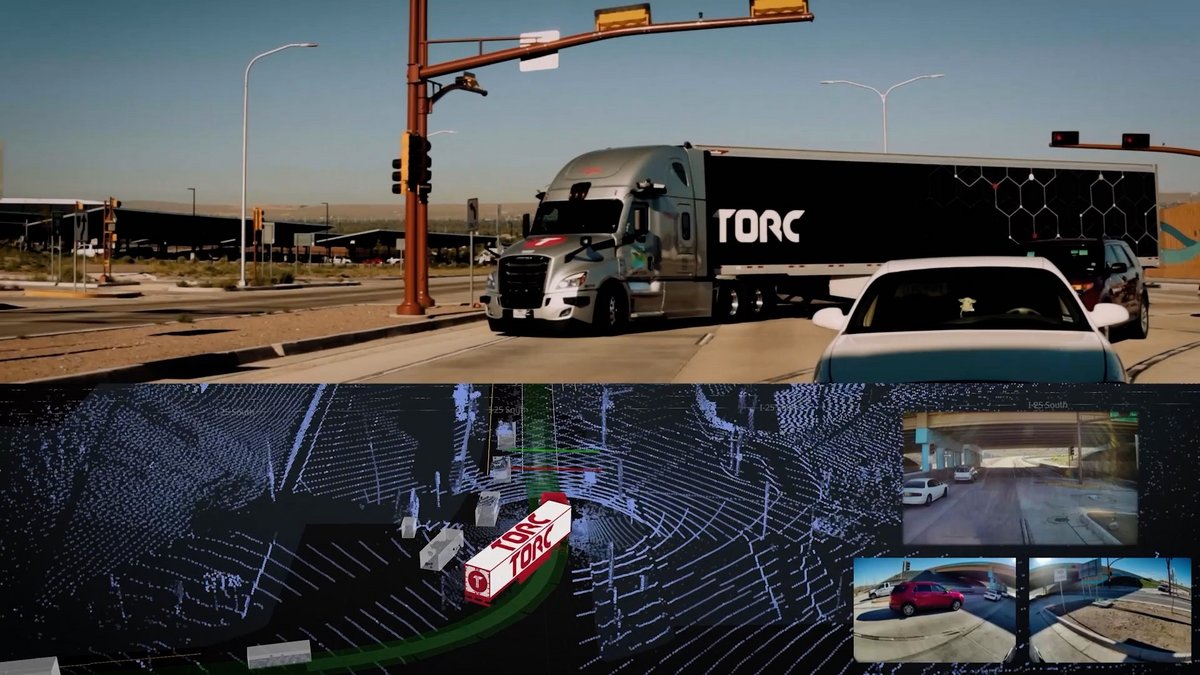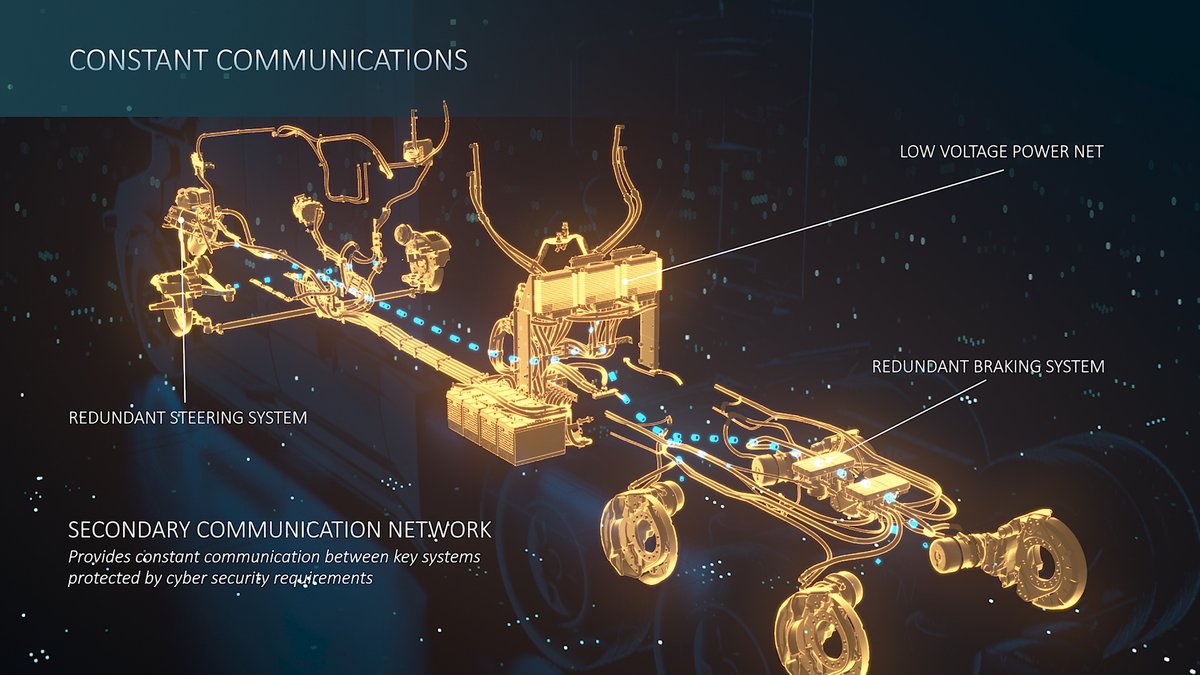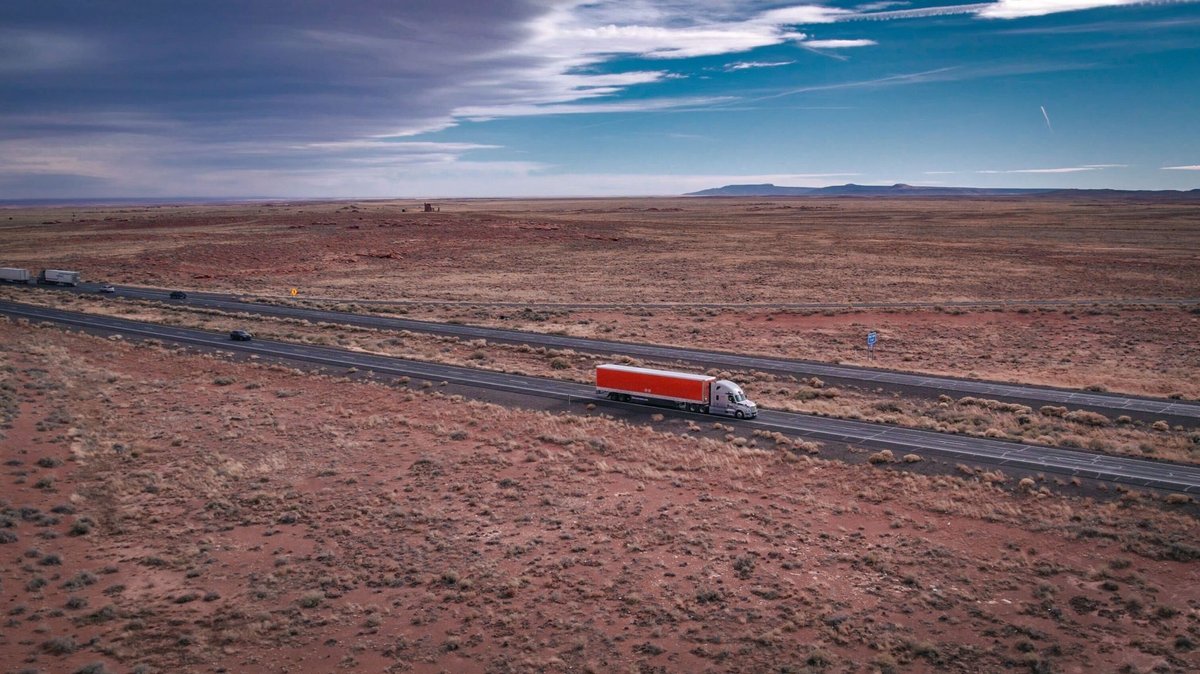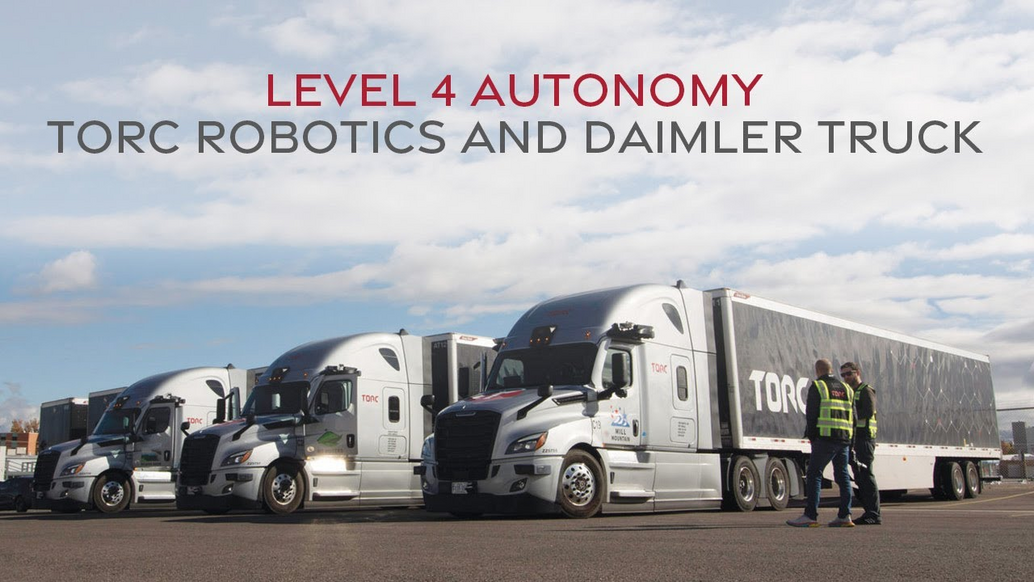When exploring the potential of autonomous driving, it all starts with the right use case. Trying to deploy this technology in all segments, all at once, is not feasible. Those who have tried, have pivoted to focus and prioritize the deployment to a singular, initial use case.
In our hub to hub use case, the Level 4 autonomous driving system handles the entire dynamic driving task between two hub locations. This means that thousands of miles are driven completely without human input! Only on the first or last mile, drivers continue to deliver goods in manually driven trucks to or from these hubs along highways in key U.S. freight corridors like Texas. So, what is a hub? You can define it as the launch and landing location on an autonomous freight lane. Together they form an autonomous transport network which is expected to be gradually built up, starting in the southwest. This will be followed with successive expansion and eventually leading to the widespread deployment of autonomous truck routes across the entire U.S.
We believe that hub-to-hub autonomous trucking combines the most attractive, least complex use case with the right technical solution.
So, when it comes to Technology and Partnerships and as the world’s largest truck manufacturer, Daimler Truck is perfectly positioned to provide a holistic autonomous solutions platform.
It consists of the redundant vehicle platform – the autonomous-ready Freightliner Cascadia and the autonomous driving software – Torc's Virtual Driver. Add to that, physical and digital infrastructure that enables autonomous truck operations and is comprised of the autonomous transport network (i.e. hubs). Lastly, services and support around the autonomous truck operations will be needed.
This is certainly a huge, but achievable undertaking; I firmly believe not one entity can do it alone. Therefore, striking the right strategic and long-term partnerships is crucial for our success. Our role and responsibility as Daimler Truck is to enable, coordinate, and accelerate those partnerships.
Let’s dive a bit more into the tech: For safe Level 4 autonomous operations, you need redundant vehicle systems. Imagine the steering systems fails and there is no human to intervene, you will need an electronic backup. Similar to airplanes, we have purposefully designed and built redundancy for safety-critical systems such as steering and braking. With 1,500 technical requirements, all translated into features and a second set of electronically controlled systems such as steering, braking, power network, and more, our Autonomous-Ready Cascadia sets the industry standard for autonomous systems integration. So far, we are the first in the industry to offer a scalable, powertrain-agnostic redundant autonomous vehicle platform. We refer to it as “autonomous-ready”, because it is the starting point and foundation for any Level 4 driving system.
